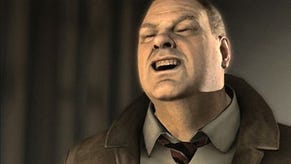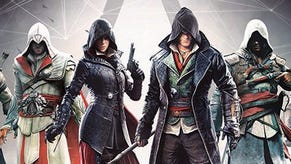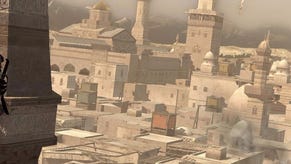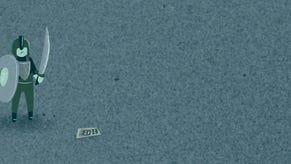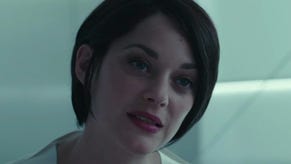Designing Assassin's Creed II
230 new features, 200 design documents, 300 staff, no time for revisions. How did Ubisoft Montreal deliver?
"Let's say that you're faced with a game where you need to develop more than 230 features with the use of a production team of over 300 developers in a schedule that didn't allow any revision of your design, and that at the end, your game must be commercially successful and critically acclaimed. How do you do it? That's what I had to face with Assassin's Creed II."
It's GDC 2010, and Assassin's Creed II lead designer Patrick Plourde is giving the final presentation of the entire event: an hour-long insight into the creation of one of 2009's most excellent games. Ubisoft's sequel manages to do what its predecessor couldn't - it combines superb openworld technology with deep, involving, rewarding gameplay.
Part of the recipe for the game's success in this regard actually came from a directive from upper management, and not only that, but it arrived some months into the game's creation, further adding to the immense logistical challenge.
"Yves Guillemot came up with the idea that Assassin's Creed II needed to be a 'monster' game - a game with so much stuff to do in it that it would overwhelm the player. We could have all the resources we wanted to achieve this vision," Ploude says.
"With that mandate, we returned to the drawing board - digging up ideas that were canned, like the Villa, and coming up with new concepts that would be handled either in Montreal or in other studios, like the Assassin's Tomb, the Database, the Truth Puzzles and the Flying Machine. It didn't simply add new features, but it also changed a lot of the story and the characters. Mario Auditore suddenly became the owner of the Villa, and a very different character then originally imagined."
This notion of overwhelming the player with content was all part and parcel of the plan to eliminate what some say is the repetitive nature of the original Assassin's Creed, and virtually all reviewers agreed that in this respect, AC2 more than delivered. The flawed mission structure was gone, replaced with a new series of objectives that proved to be far more compelling to the player than the original game's.
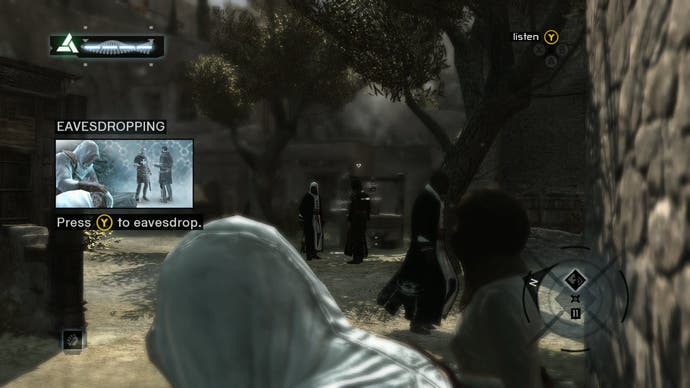
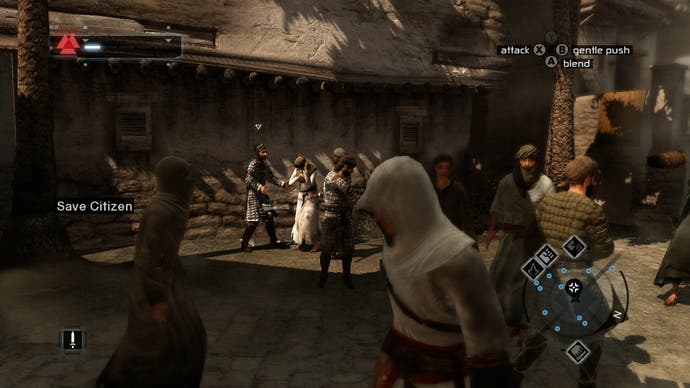
However, in addressing the shortcomings of the first game, Patrick Plourde plays down the notion that its repetitive nature was actually the problem. Instead, the missions actually took you away from the elements that make the Assassin's Creed experience so cool, explaining why the gameplay was not as satisfying as it could have been.
"A lot of times people said that the missions were repetitive. I don't necessarily believe that. Every game features repetition. Nobody says Tetris is repetitive because blocks are always falling down!" he says, laughing.
"But the thing is that the missions didn't challenge the player on the core gameplay. We're inviting him to be an assassin yet the missions were more like mini-games. You'd sit on a bench and press Y and the mission was over. Wherever you end up, they're a little bit boring. It didn't translate well. The worst thing was that since they didn't use the core gameplay we actually had a team to code those features so it was really hard to develop."
In designing the mission structure for ACII, Plourde and his team went back to basics, looking to make sure that all elements of the new game were based around a strong core structure of three major features. The first of these he identifies is the fighting system.
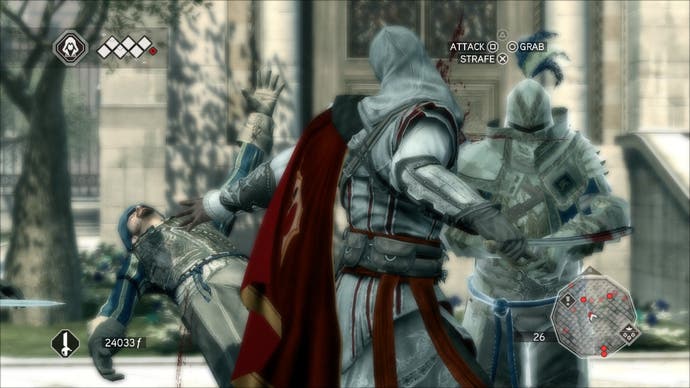
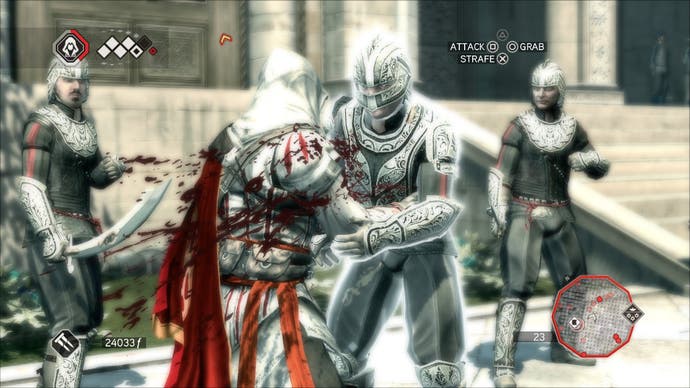
"Our fight system is different to other games on the market: it's based on timing. We embrace that. It's not combo based. It's not Ninja Gaiden or Bayonetta or anything like that," Patrick explains. "It's really focused: you need to wait for opportunities, there's a certain flow to it."
Combat is very much context-sensitive in that it relies on the attacks made by your enemies. In the place of combo strikes are precise, deadly one-hit assaults.
"The other combatant is a powerful element as I'm using his movement for my attacks. For ACII we wanted to keep the same base but add more tactical choice," Plourde says.
"What we mean is adding new moves, designing new enemies that would challenge certain behaviours and more tools. With that we felt that the player would have enough choice to make the experience fun for the 30 hours in the game we were developing."
Spears, axes and blunt weapons were added to the mix along with new disarming techniques, while all weapons were gifted a full range of attack moves. Grunts, seekers and agile opponents skilled in evading attacks were a new inclusion designed to introduce more variety into the battles and to challenge the gamer in different ways.
The second main gameplay pillar that the Assassin's Creed II team concentrated on was the navigation system. The free-running aspect of the game is clearly important, but Plourde feels that criticisms of the implementation miss the point.
"Sometimes - a lot of times - you go on the forums. They say there's no challenge, you just hold down two buttons, that's it, the system does everything automatically," he observes.
"There's a reason for that. It's a conscious decision because we want to focus our movement on fluidity. The challenge doesn't come from the input, it comes from the environment. When you look at a district of Venice from above, it's like the environment is a rat's maze. It's extremely complex to navigate... it's not just 2D layout, every surface is climbable in the game. So the challenge for the brain is to map that matrix - that's where the players are challenged."



